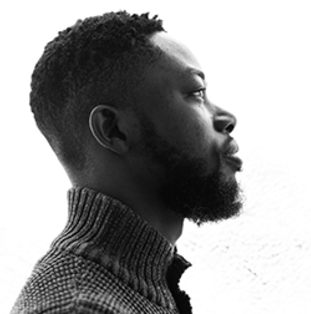The Art of Involvement: Crafts with Pride
There is no feeling quite so humbling as being defeated by a beginner’s origami guide. What makes this humbling rather than humiliating is, ironically, the people that watch me amused while I flounder. I can glance at their creased brows, creased paper, and open books and see that we are lost together. It turns out that mutual confusion is a great way to bond, and crafts can be the perfect facilitator.
Of course, getting people together at the same time and place is essential. I was one of around 40 people that came to the Valentine’s Social event hosted by Pride last Thursday. The LGBTQ+ student organization wanted to create a social event that would give people an opportunity to gather and celebrate all kinds of love with some more non-traditional Valentine’s crafts; namely, rock painting and the paper folding art of origami.
This event took place in the University of Michigan-Dearborn’s Pride Space, affectionately referred to as “the Closet” (small, enclosed, a place where gay people are). The Closet is a room where rogue stickers overtake the tabletop and worm-on-a-strings hang on the wall in rainbow order. It’s perfect, comfortable chaos.
By the time I got to the Pride Space, the quaint room has been overtaken by an additional table and still people had spilled out into the Wolverine Commons to work on their crafts. Rock painting was particularly popular. When asked about the idea behind painting rocks, Pride Treasurer Meg remarked, “canvases can make people nervous, but rocks are just rocks.” Rocks, despite being only rocks, ended up being beautifully transformed. The other craft at hand, origami, was conceptualized as paper flowers and then broadened into the more general art of paper folding. One Eboard member in particular, Katie, spent studying how to make paper cranes prior to the event so that she could help others.
Katie is the secretary of Pride and the primary planner of the Social. She said the event’s main purpose was to further Pride’s goal of “creating a safe and accepting social space for the students of UM-D”. The Social was open to anyone and their partners, both in the spirit of the holiday and as a part of Pride’s wish to be an open safe space for all kinds of people. In short, this event was a great way to catch up with old friends and make new ones.
Crafts were a must to make to take the pressure off of meeting new people. Plus, as Katie said, it gave everyone an opportunity to “learn something new and take home a souvenir.”
Due to coming in the last half an hour, I was regulated to the crescent booth where neat squares of patterned paper lie in wait. Fun fact about me– I know how to make exactly one thing out of folded paper: a beak or boat or hat, depending on your imagination, which my dad taught me. I very much fell into the crowd of learning something new.
I began with a quick Google search: “origami beginner’s guide”. I attempted a simple cat face and folded things backwards and forwards until I corrected myself. I successfully folded a blue fox (perhaps not one that others recognize on first glance). I was happy to be making anything and turn my mind away from assignments and work. The sounds of several conversations filled in any gaps in my brain that weren’t occupied with paper folding, and I jumped in and out of those conversations as I pleased.
Each time I looked up, I could see someone new doing something different. Next to me, my friend was making a second crane so that the two of them could kiss. On my other side, a person I had never met before shared my confusion at the diagrams we looked at and failed to replicate.
After my next attempt at creation ended in paper too thick to fold properly and incomprehensible shapes, I couldn’t help but throw my hands up in defeat and laugh. The floral patterned paper I so meticulously folded collapsed onto the table. “That was a mouse,” I explained. My fellow origami amateurs tilted their heads, trying to see any resemblance. Huh.
I smoothed out the paper and gave another try more often than not. In the end, all of the defeats never erased the one beautiful fox I managed to make with my own hands, and none of the confusion overwhelmed my joy in being enveloped in friendly, unexpected conversations.
As I tuck in laughter, crease paper with conversation, / I have to accept that my clumsy fingers won’t always make things right. / But I can always start again.



